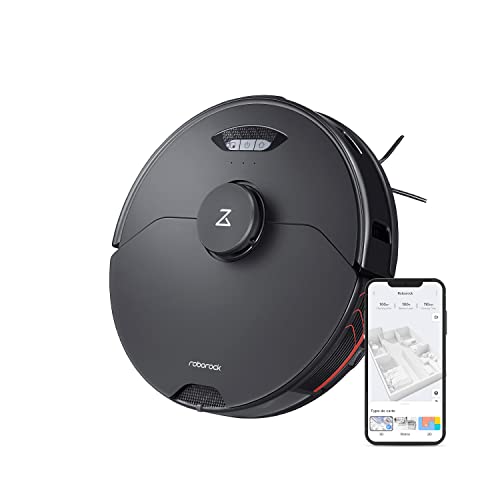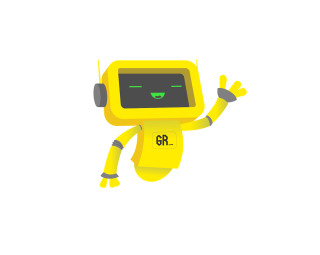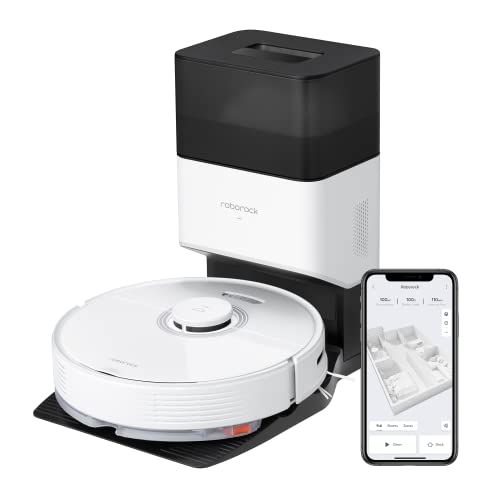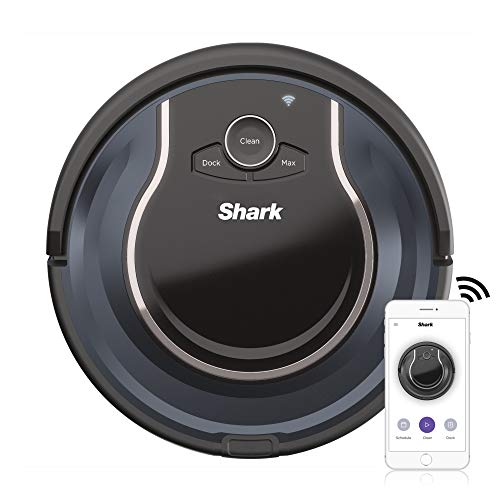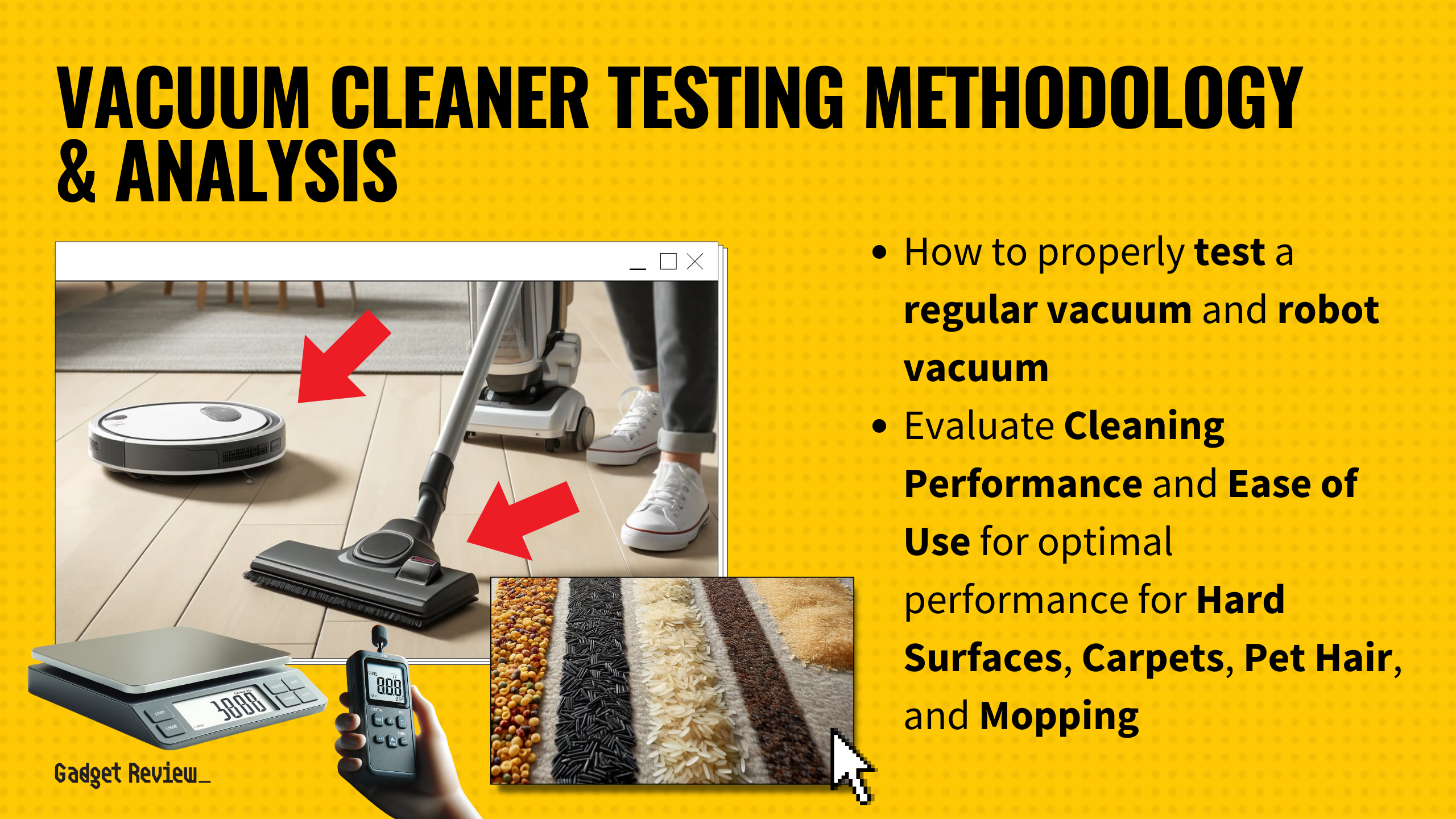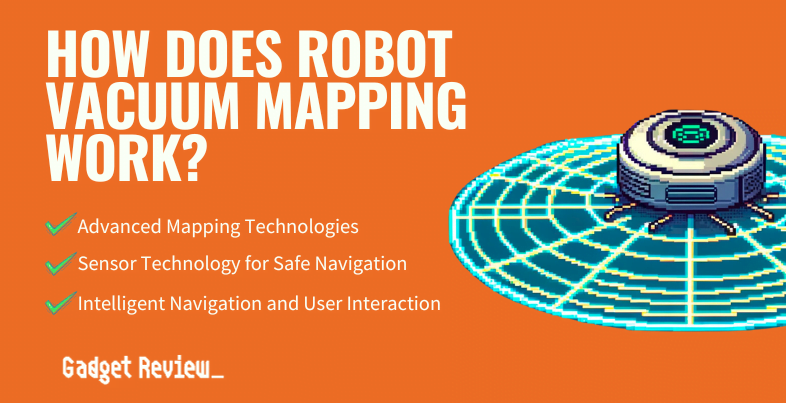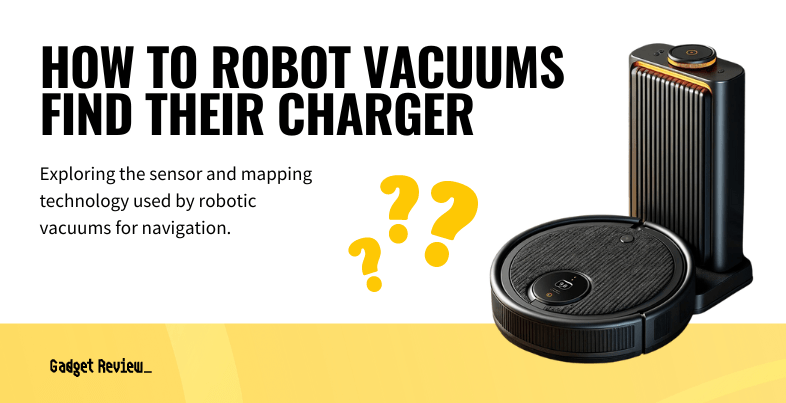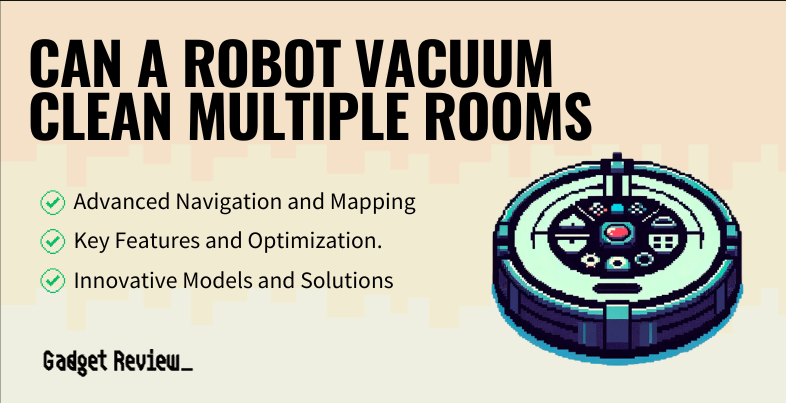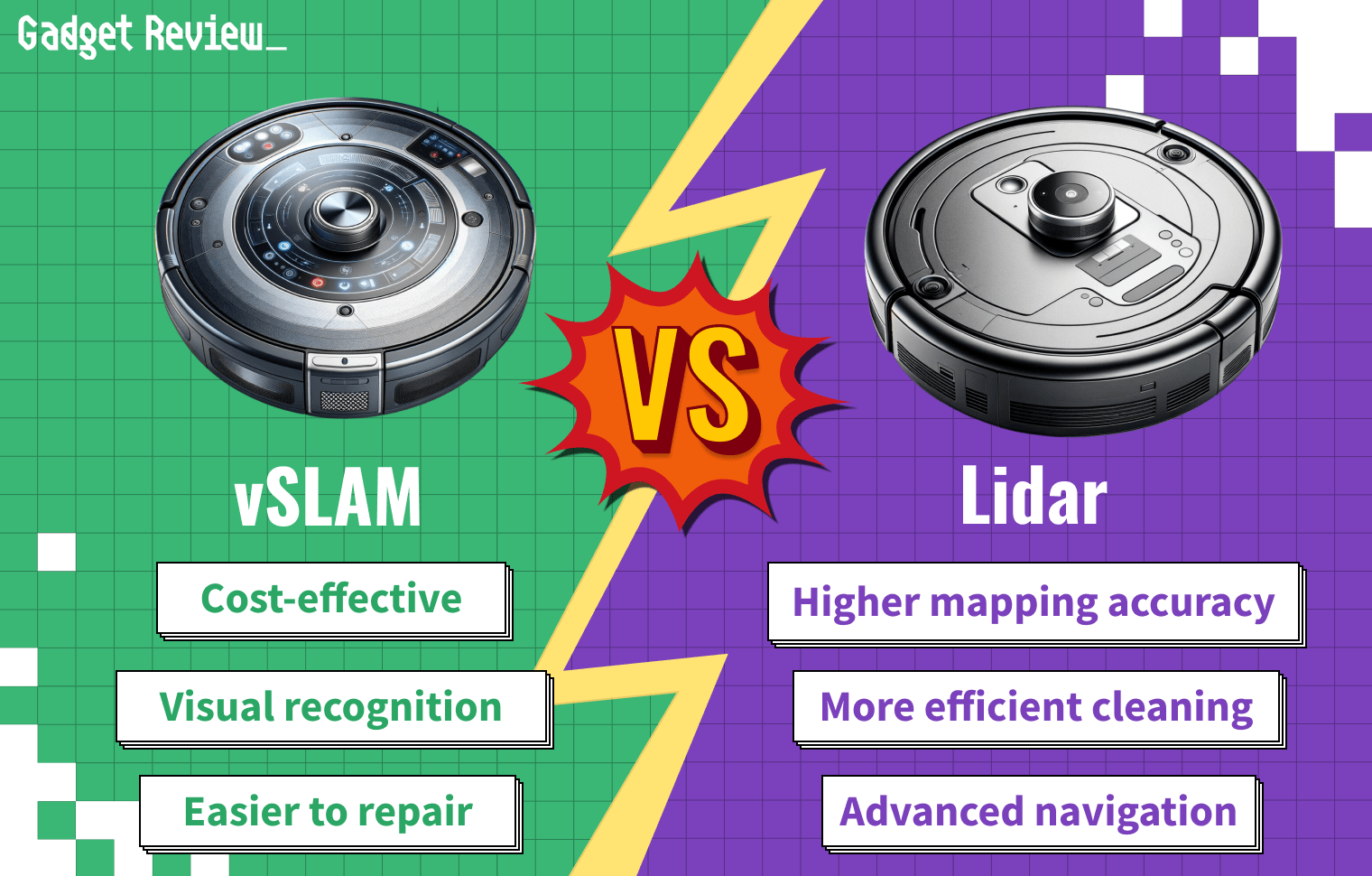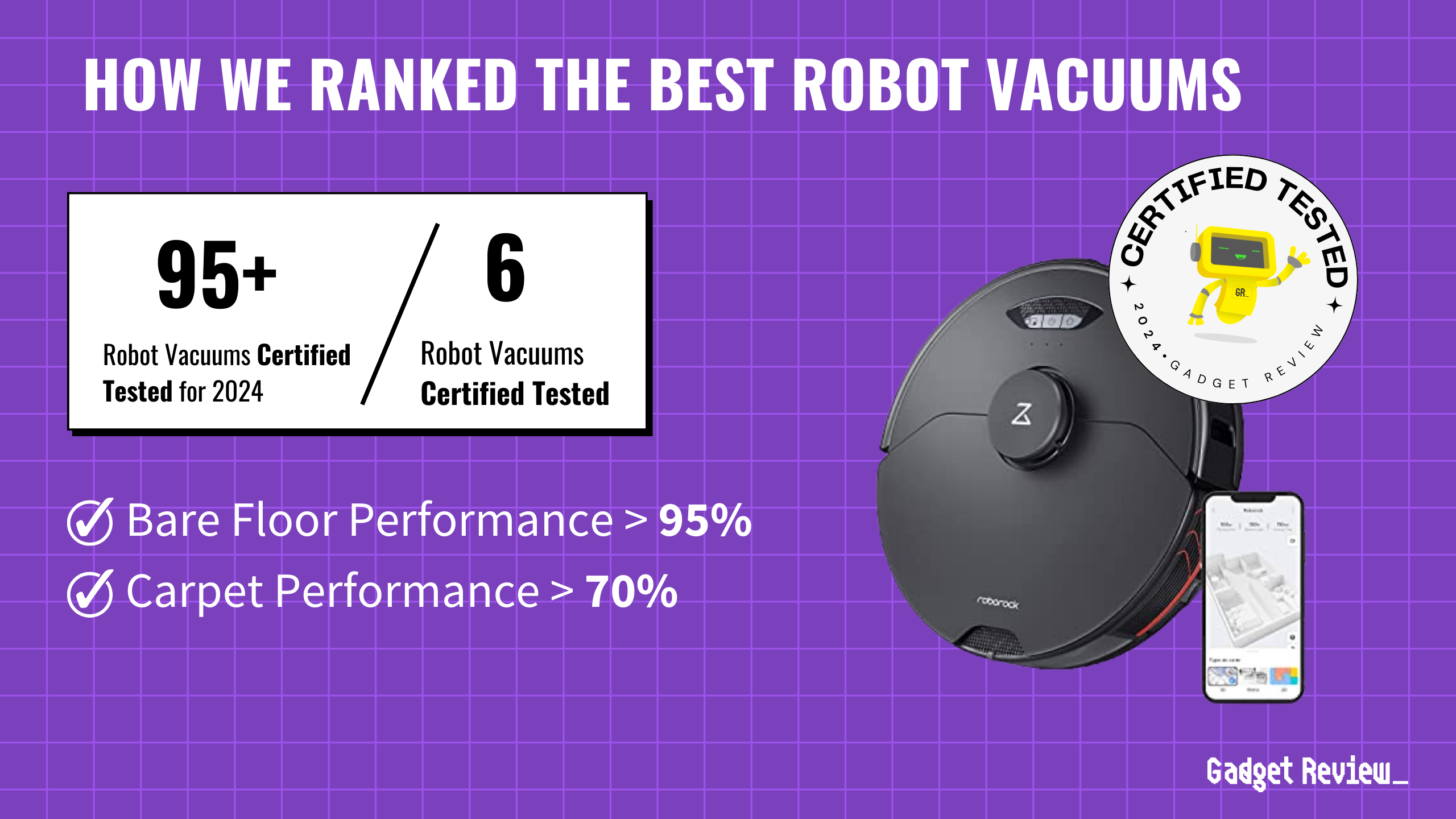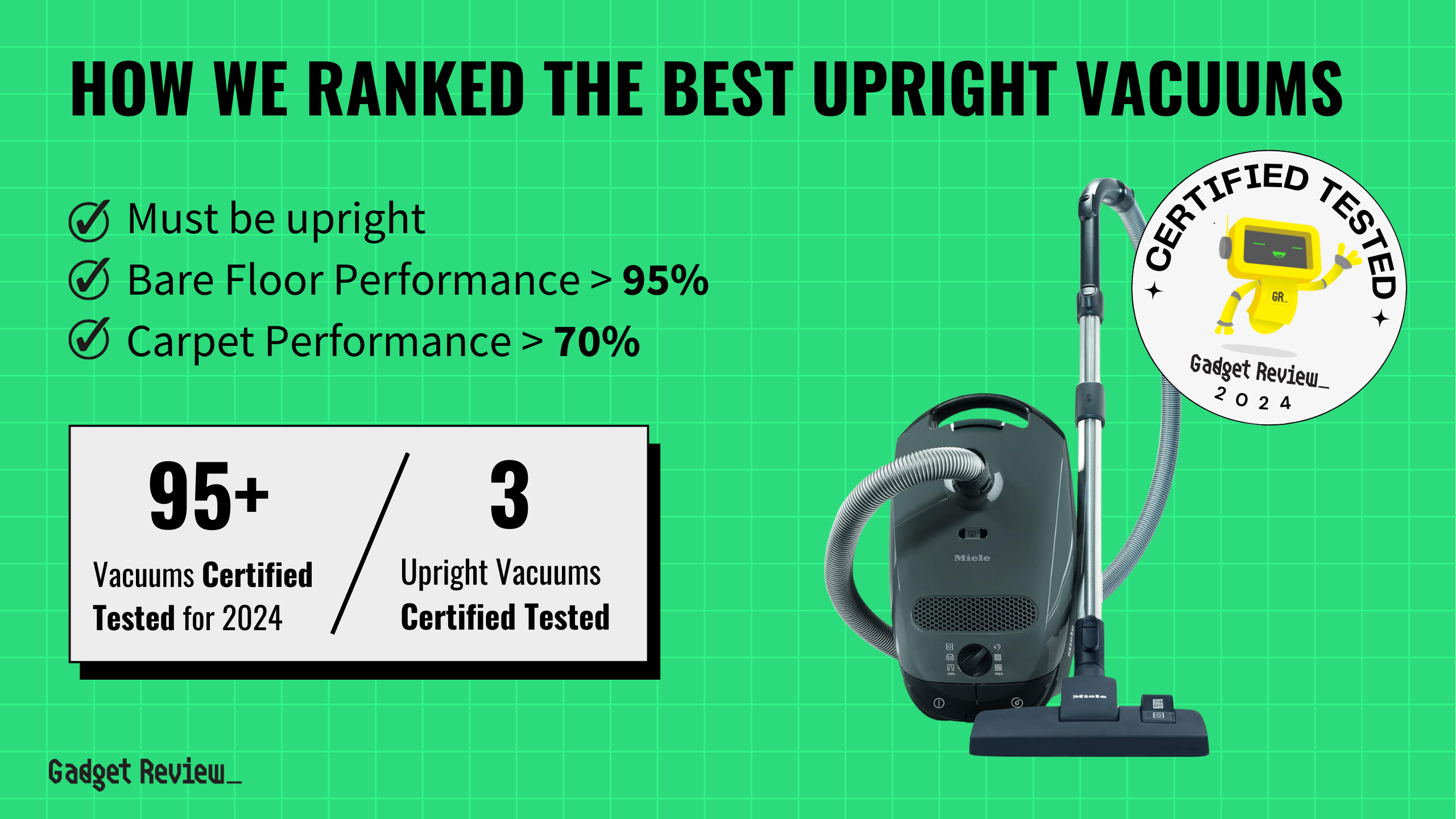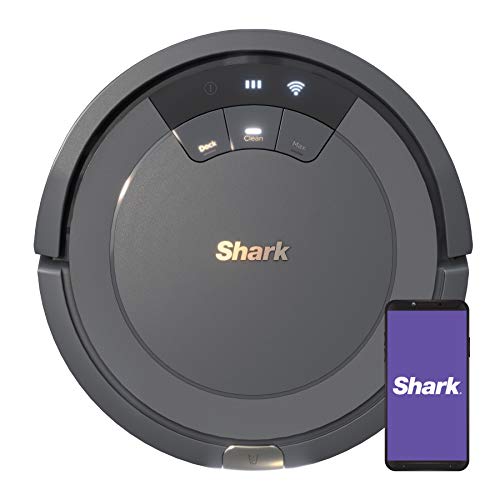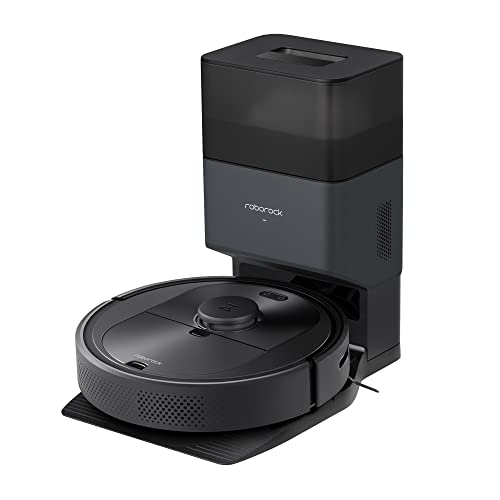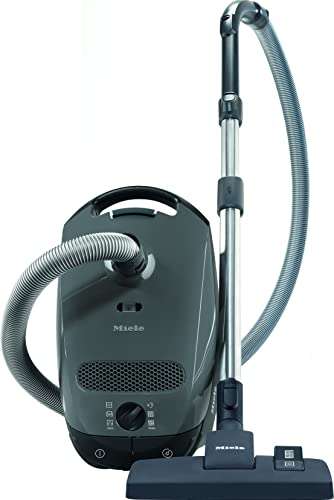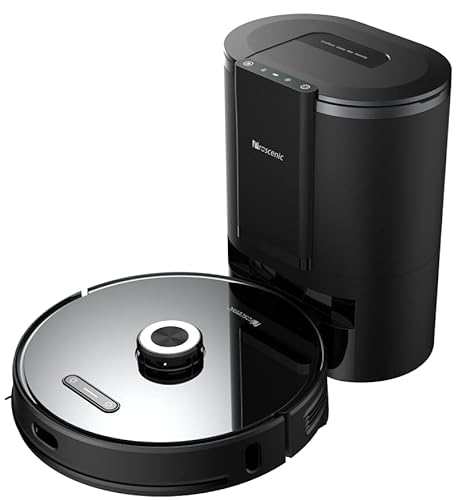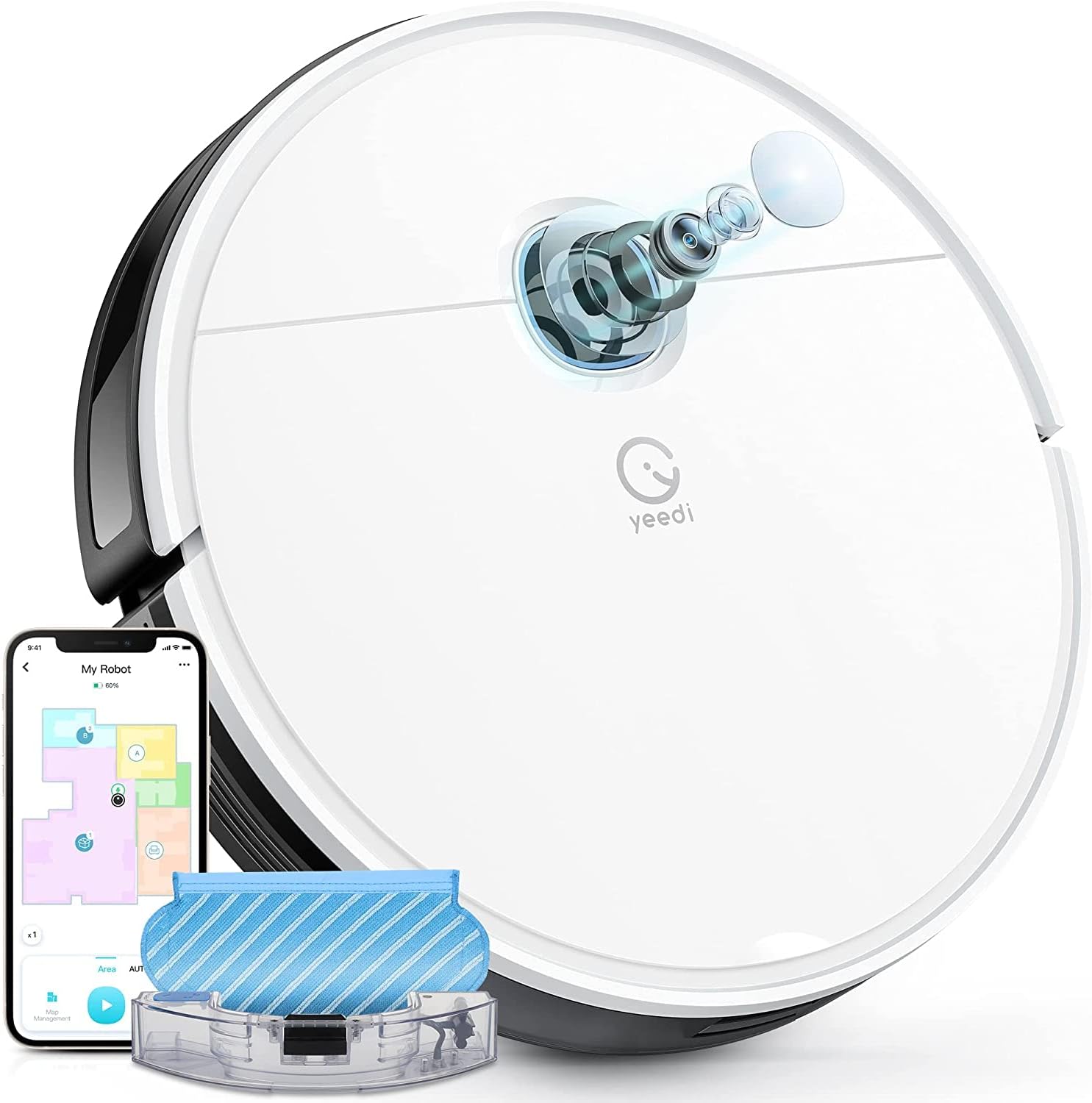If you’re choosing the best robot vacuum for hardwood floors, focus on models with gentle yet effective cleaning mechanisms. These vacuums should feature soft, non-abrasive brush rolls or rubber brushes to prevent scratches while picking up dirt and debris. From evaluating 100 vacuums and analyzing 155,460 reviews, three vacuums earned a place in our buying guide.
Our unique approach certifies products as tested and uses our proprietary Trust Score to filter out fake and low-quality reviews. The winning vacuums performed exceptionally well in tests, demonstrating superior cleaning performance, advanced navigation, and excellent battery life. You can trust these selections for maintaining your hardwood floors effectively and efficiently.
How Did We Rank the Best Robot Vacuums for Hardwood Floors?
To ensure our guide for the best robot vacuums for hardwood floors is top-notch, we analyzed over 200 websites. Our approach included a deep dive into testing methodologies, customer reviews, and expert analyses. This extensive research allowed us to determine the most critical factors, identifying 2 essential test results and 1 must-have specification. We distilled this information to provide the most reliable recommendations.
Our commitment to unbiased reviews is powered by our ‘True Score’ system, targeting low quality and fake reviews. When you shop through our links, you’re backing our mission. Dive deeper to see how.
?️ Minimum Specifications
- Must be a robot vacuum
? Test Criteria
- Bare Floor Performance: The vacuum sucks up 95% of debris when cleaning bare surfaces such as tile, vinyl planks, and hardwood floors.
- Battery Life: Lasts more than 100 minutes before losing power.
Latest Updates
- 05/22/2024: Published the list of best robot vacuum cleaners for hardwood floors based on our True Score system.
Top Best Robot Vacuums for Hardwood Floors For 2025
Prices accurate at the time of publishing
Which Criteria Matters for Testing Best Robot Vacuums for Hardwood Floors?
By focusing on these criteria (2 required), anyone can quickly and easily compare these vacuum cleaners and how they’ll perform. This helps you make an informed decision and purchase a vacuum cleaner that will meet your needs.
| CRITERIA | RANGE | REQUIRED | DEFINITION |
|---|---|---|---|
| Bare Floor Performance | > 95% | Yes | How much debris the vacuum sucks up when cleaning bare surfaces like tile, vinyl planks, and hardwood floors. |
| Battery Life | > 100 min | Yes | How much time a robovac can run before it needs to be recharged. |
Our Trusted Data Sources
We looked at 120+ robot vacuum cleaner reviewers and found that 27 are trustworthy (60%+ Trust Rating). The three we have listed below are our most trusted for vacuum cleaner.
- James Morris – Kit Guru, LinkedIn
- Matt Spencer – TechGearLab, LinkedIn
- Brian Nadel – Tom’s Guide, MuckRack
Interested in a comprehensive analysis of our data sources? We’ve got you covered. Below, you’ll find a detailed list of every vacuum cleaner review website we’ve identified, organized by their respective Trust Ratings from highest to lowest. But we didn’t stop there. We’ve meticulously reviewed each publication and verified the data by checking whether the authors have bio links to MuckRack or LinkedIn. We’re committed to not only checking the facts but ensuring their veracity.
Vacuum Cleaner Test Data & Results
1. Bare Floor Performance Test Results
As the name suggests, bare floor performance references how well a vacuum does when it’s cleaning up tiles, vinyl planks, or hardwood flooring. Debris comes in a variety of sizes of course, and much of the testing revolves around picking up debris that ranges in size from cereal to bits of dirt to sand to a mix of everything above and more.
We recommend that a vacuum be able to pick up at least 95% of debris from a bare floor to ensure you end up with clean floors. Hitting a perfect score is obviously ideal, but the worse a vacuum performs here, the more work you need to do sweeping up or re-vacuuming. Missing debris is frustrating, and can invite pests if you miss bits of food, or annoyance if you step on something barefoot and hurt yourself.
Bare Floor Performance
> 95%
Acceptable range of performance
Definition: How much debris the vacuum sucks up when cleaning bare surfaces like tile, vinyl planks, and hardwood floors.
Units of Measurement: % (percentage)
Tools to Measure: Scale
Why It’s Important:
A vacuum is supposed to clean, so if it can’t pick up most of the debris on a floor, it’s not doing its job.
Bare Floor Performance in % (higher is better; 0 = No Data)
2. Battery Life (mins) Test Results
Battery Life
> 100 min
Acceptable range of performance
Definition: How long the vacuum can run before the battery dies.
Units of Measurement: min (minutes)
Tools to Measure: Timer
Why It’s Important:
Longer battery life means fewer interruptions when your vacuum is cleaning because it’ll have to stop and charge less.
Robot vacuum cleaners can only run for so long before their battery dies. Some models feature an auto-dock feature that sends the unit home before the battery dies, while others choose to wander under your couch and die. A longer battery life helps reduce the likelihood of a unit dying before it finishes its job, and helps reduce the overall time it takes to clean your home by taking fewer “rest stops” to charge.
Your robot vacuum should have a least a battery life of 100 minutes, but longer is always appreciated. Low battery life doesn’t overly impact performance, but it does greatly increase the amount of time it takes for your robot vacuum to clean anything, given it’ll have to keep pausing to charge.
Battery Life (min) (higher is better; 0 = No Data)
Best Robot Vacuums for Hardwood Floors: Mistakes To Avoid
- Choosing Too Much Suction Power: Opting for a robot vacuum with excessively high suction power can be unnecessary for hardwood floors. This can lead to increased noise and energy consumption without providing any significant benefit for smooth surfaces. Instead, choose a vacuum with adjustable suction settings to balance performance and efficiency.
- Ignoring Brush Type: Not considering the type of brushes can result in scratches on your hardwood floors. Some brushes are too abrasive and can damage the finish of the floor. Look for models with soft bristle brushes or rubber rollers specifically designed to be gentle on hardwood surfaces similar to a robot mop.
- Overlooking Edge Cleaning Capabilities: Overlooking the importance of edge cleaning capabilities can lead to dust and debris accumulating along the baseboards and corners. Ensure the robot vacuum has side brushes or dedicated edge-cleaning features to effectively clean these areas.
- Neglecting Filtration System: Disregarding the filtration system can significantly impact indoor air quality. Opting for a high-quality vacuum, such as the best Miele model, is crucial. A good filtration system, particularly one with a HEPA filter, plays a vital role in capturing fine dust and allergens, which are often more prevalent on hard floors. This ensures cleaner air and a healthier home environment, especially beneficial for those prone to allergies or respiratory issues.
The Best Robot Vacuums for Hardwood Floors Tests Compared
Product |
True Score
|
Bare Floor Performance
|
Carpet Performance
|
Pet Hair Performance
|
Noise Level
|
Battery Life
|
Column 8 |
|---|---|---|---|---|---|---|---|
| 84 |
|
|
|
|
| |
| 79 |
|
|
|
|
| $549.99 $870 $320 |
| 72 |
|
|
|
|
| $199.59 |









